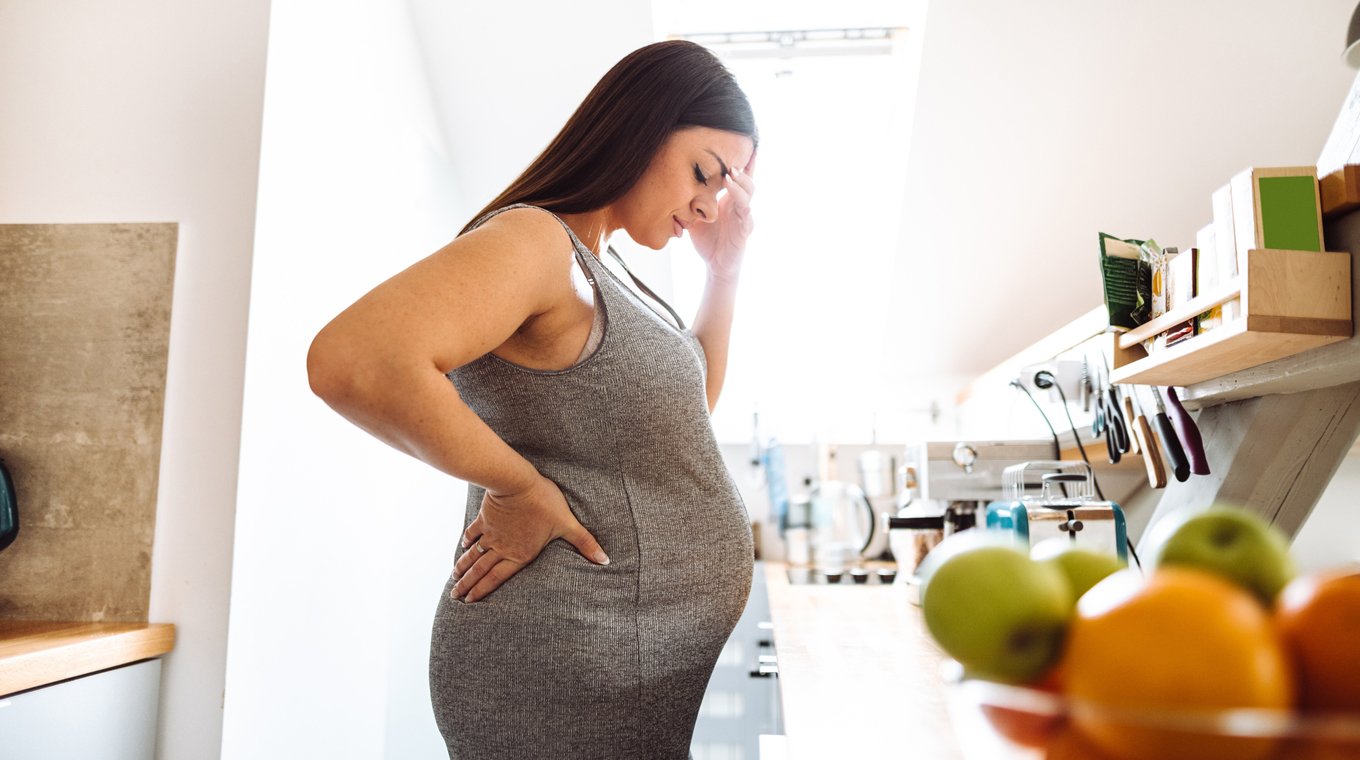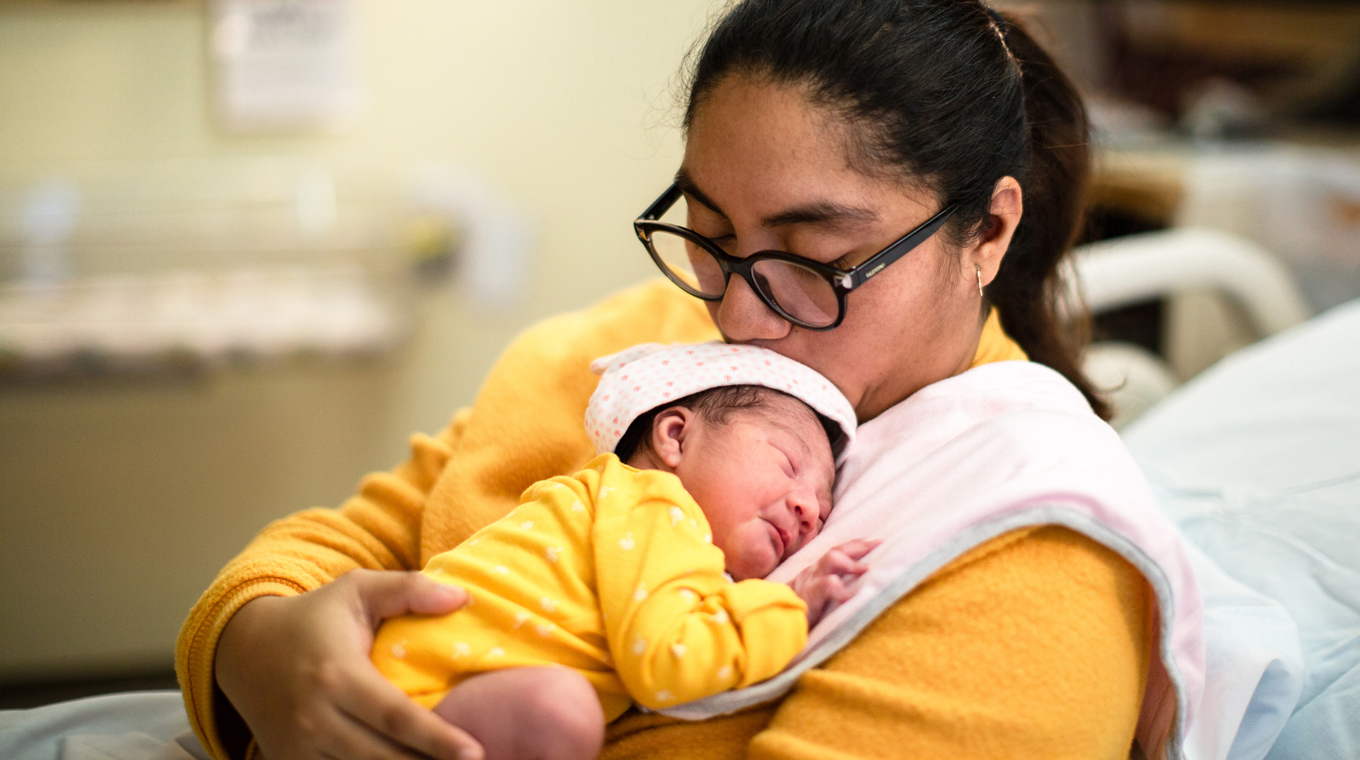In this article
Those first-trimester prenatal visits can be an exciting and welcomed part of pregnancy. However, week after week of peeing in a cup to check for signs of protein can get a little tedious. If you’ve ever wondered what protein in your urine and preeclampsia have to do with one another, or you’ve been already been diagnosed and want to know the long-term effects preeclampsia will have on your pregnancy and future fertility, read on.
What are the effects of preeclampsia on pregnancy?

Health care providers will look for indications of preeclampsia during prenatal checkups. After 20 weeks gestation, if the patient is showing high blood pressure and a urine analysis indicates protein in the urine due to kidney issues, preeclampsia may be diagnosed. While there are no symptoms in the initial onset of the disease, it may eventually cause stomach pain, nausea, headaches, vision problems, and shortness of breath. If allowed to progress it can be fatal.
“If untreated, preeclampsia can be fatal for both you and your baby, resulting in organ damage in the liver and kidneys. It’s important that you see your doctor for checkups regularly, and pay attention to any unusual symptoms,” Dr. Kenosha Gleaton, medical advisor at Charleston-based Natalist told Mom.com.
According to the Center for Disease Control and Prevention (CDC), preeclampsia occurs in 1 in 25 pregnancies in the United States. Of those, 1 in 200 progress to eclampsia, a rare but serious disease that causes seizures or coma.
It can be challenging to predict who will develop eclampsia as it can occur before, during, or after delivery and often presents without any previous symptoms or signs of preeclampsia. In some cases, simply delivering your baby will not “cure” the condition. Postpartum preeclampsia can show up days or weeks after delivery and must be treated by a healthcare professional.
Todd Heiden’s wife Joan did not survive postpartum preeclampsia; she died two weeks after giving birth to their daughter.
“There was no mention of any complications from preeclampsia after the birth,” Heiden explained in a Preeclampsia Foundation YouTube video. “Here we are 48 hours after delivery, she’s had multiple pregnancies, she’s over 42, she’s diabetic, she’d had invitro-fertilization, miscarriage, she’d had issues with potassium, she had family history behind her, so there were probably about 7 or 8 red flags that should have been considered.”
Here are factors that may put you at risk for preeclampsia:
- Preeclampsia in a previous pregnancy
- Previous multiples births
- Existing hypertension
- Existing diabetes
- Kidney or liver disease
- Previous in-vitro fertilization
Preeclampsia: Future pregnancies and fertility

In some cases, preeclampsia can develop into another related pregnancy complication; HELLP Syndrome. HELLP — an acronym for hemolysis, (a breaking down of red blood cells), elevated liver enzymes, and low platelet count — is similar to preeclampsia but presents without high blood pressure or protein in the urine.
Regardless of whether it’s preeclampsia, eclampsia, or HELLP, those who develop these conditions in their first pregnancy, are at an increased risk of developing preeclampsia during subsequent pregnancies.
Recent findings from an animal study indicate that fetal exposure to hypoxia (low oxygen levels) in utero, due to factors like preeclampsia, could mean increased fertility issues in adulthood.
“Now that we’ve seen a link between hypoxia and fertility problems in rats, we know what to look for in women,” Dr. Catherine Aiken summarized in the University of Cambridge, UK study.
Long-term effects preeclampsia has on the baby

Preeclampsia can cause a variety of health problems for baby as the condition contributes to about 15% of preterm births in the United States. Babies delivered before 37 weeks gestation face an increased risk of feeding and breathing difficulties and can develop hearing or vision loss and experience developmental delays.
Intrauterine Growth Restriction (IUGR) occurs when decreased blood flow through the placenta and causes fetal malnutrition, IUGR can contribute to the long-term effects of preeclampsia.
Some babies can experience the long-term effects of preeclampsia well into adulthood. For example, Intrauterine Growth Restriction (IUGR) occurs when decreased blood flow from the placenta to the baby causes malnutrition. This can increase baby’s chances of having congestive heart failure or developing diabetes or hypertension as an adult.
Staying on top of your health after a preeclampsia diagnosis is key. Keeping regular appointments, controlling your blood pressure, maintaining a healthy weight, and eating right can help keep risk factors under control. While there is no cure for preeclampsia, The Preeclampsia Foundation is working to raise awareness and help improve the lives of those living with this condition.




